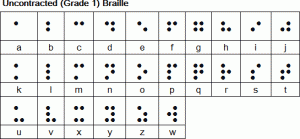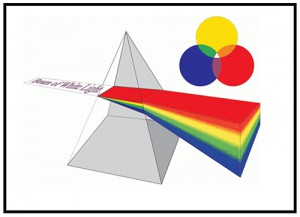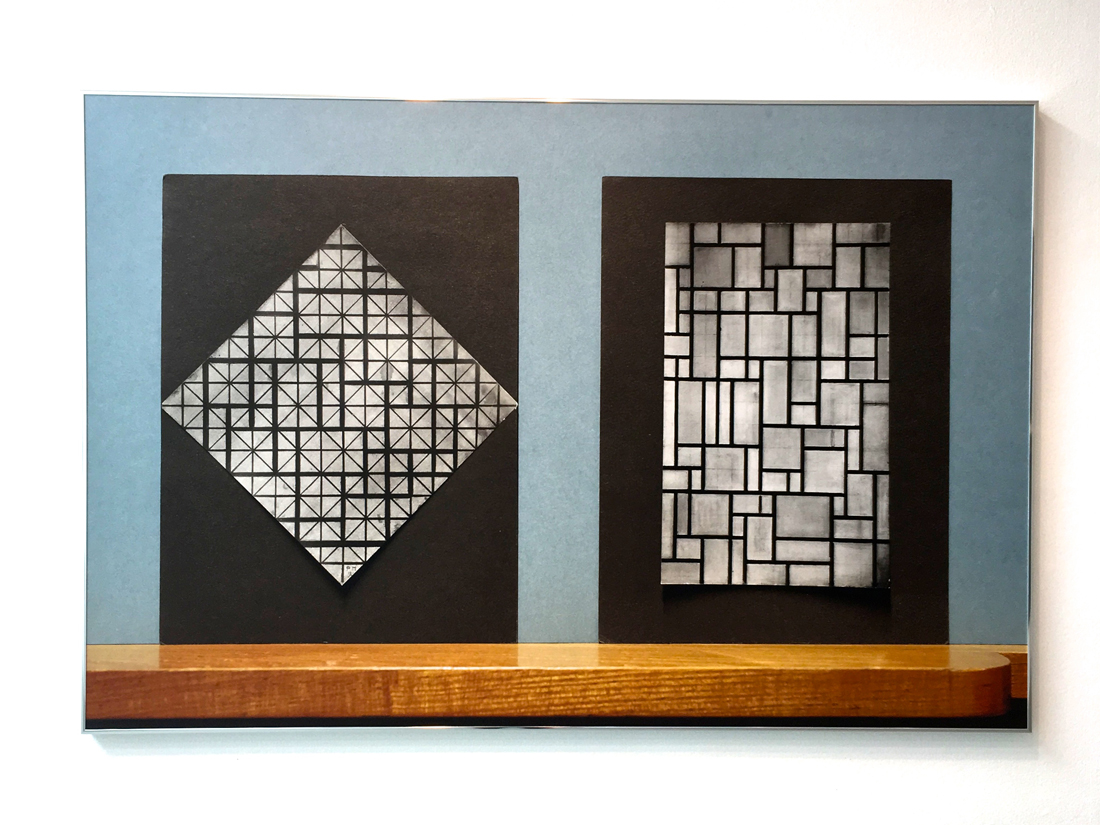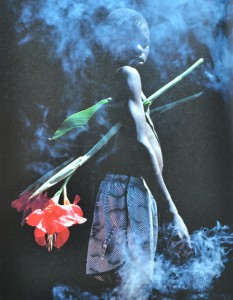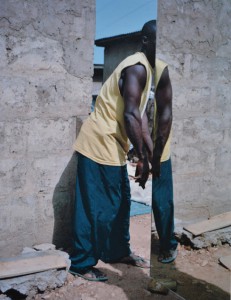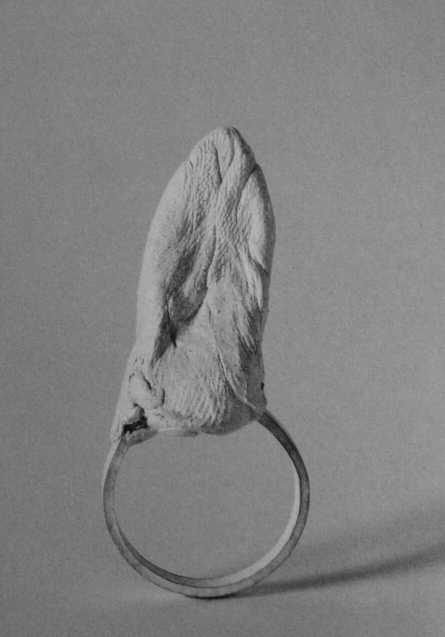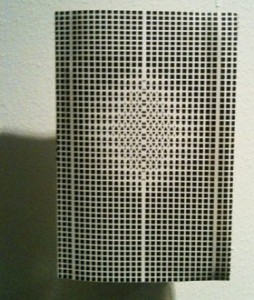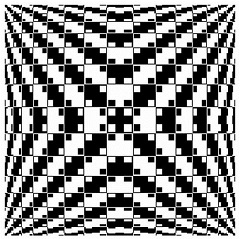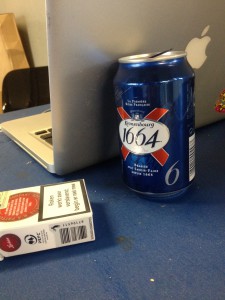
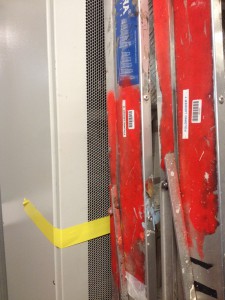



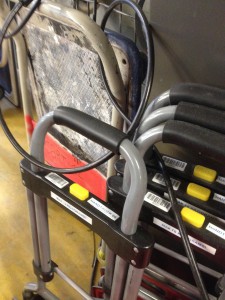

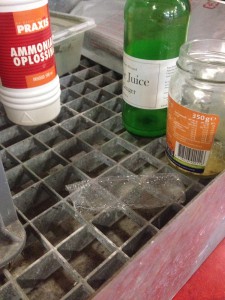
The code uses a sequence of vertical bars and spaces to represent numbers and other symbols. A barcode symbol typically consists of five parts: a quiet zone, a start character, data characters (including an optional check character), a stop character, and another quiet zone. The stripes can be scanned, the code is transferred to a computer where it is linked to the information about the product.
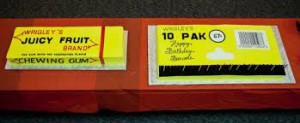
It appeared for the first time on a piece of gum, invented to speed up the process of the person behind the counter, monitoring sales and supplies and eliminate errors and mistakes.
The speed and accuracy of the Universal Product Code made the barcode one of the most important and used designs of today.
In 1948 Bernard Silver, a student at Drexel Institute of Technology, was interested in developing a system to automatically read product information during checkout. Together with his friend Norman Joseph Woodland he started working on a variety of systems. Their first working system used ultraviolet ink, but the ink faded too easily and was rather expensive.

His next inspiration came from Morse code. He used the dots and dashes of the code and extended them downwards to make narrow and wider lines out of them. To read them, he adapted technology from optical soundtracks in movies, using a 500-watt incandescent light bulb shining through the paper onto an photomultiplier tube from a movie projector. Although there was a interest from various of companies to buy the patent, the required equipment that was needed to process the information was some time off in the future.

Some years later David Collins used a similar system to developed a system called KarTrak IIIII, using blue and red reflective stripes attached to the side of the cars, encoding a six-digit company identifier and a four-digit car number, the system was found to be easily fooled by dirt in certain applications, which greatly affected accuracy. And was therefore abandoned.
In 1967, Collins formed the Computer Identics Corporation to develop a black-and-white version of the code for other industries. As its first innovations, Computer Identics’ moved from using incandescent light bulbs in its systems, replacing them with helium–neon lasers, and incorporated a mirror as well, making it capable of locating a barcode up to several feet in front of the scanner. This made the entire process much simpler and more reliable, and typically enabled these devices to deal with damaged labels, as well, by recognizing and reading the intact portions.
With these innovation the system became interesting for the food industry and in 1972, a supermarket in Cincinnati began an eighteen-month test with this system.

Barcodes were printed on small pieces of adhesive paper, and attached by hand by store employees when they were adding price tags. The code proved to have a serious problem; the printers would sometimes smear ink, rendering the code unreadable in most orientations. However, a linear code was printed in the direction of the stripes, so extra ink would simply makes the code “taller” while remaining readable.
All these technological and practical developments and decisions were crucial for the outcome of the design and therefore the success of the barcode.
Being first printed over a carefully designed package of gum, it soon manifested itself on almost all products that surround us. On a bottle of water, a wrapped piece of meat, a car tire, a steel pipe, plants in the plant shop and made its way into schools and hospitals. IIIII

One of the latest innovations: virtual shopping
so many stripes
beech forest in winterland
brilliant black and white
The ability for a visual design that only follows the rules of function, is present everywhere around us but rarely noticed, has to be included within other designs because of its economical value, and is still being useful after more than forty years makes the barcode a brilliant piece of design.
[white stripes on the hot and cold black lanes, crossing vast sands
long and longer directed, goal and great precision
moving all scanned created and known needs over water and land
straight to the verticals and horizontals of men]
